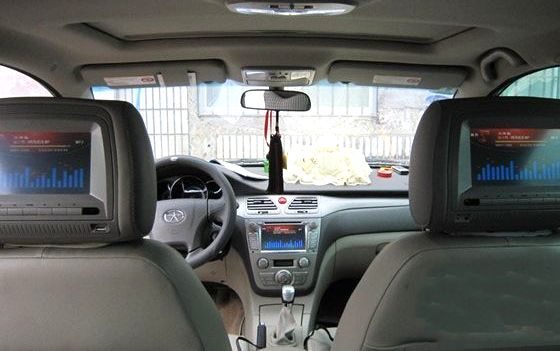Forecasting the fortunes of the chip industry has always been tricky, but everyone’s agreed that MEMS sensors are poised for major growth

If you’ve ever wondered how your smartphone manages to flip the orientation of the display, depending on how it’s being held, the answer is your phone is fitted with an accelerometer in the form of a MEMS, a microelectromechanical system – a chip with moving parts. Increasingly, MEMS devices are finding their way into consumer electronics. Smartphones and tablets are now incorporating MEMS chips for several functions. Image stabilization for the phone camera, and the electronic compass function are just two examples. Starting in 2010 with the iPhone 4, MEMS gyroscopes are now being fitted into smartphones and tablets. Already a standard item in many digital cameras, for image stabilization, gyroscopes, it is claimed, will also enhance gaming and aid navigation.
Market research firm IHS iSuppli identifies the intense popularity of smartphones and “media tablets” as now a major driver for the MEMS market, noting that sales of smartphones grew by a whopping 62% in 2011. The outlook for 2010-2015 is for a 29% CAGR (Compound Annual Growth Rate). The market research company also expects 261 million tablets to ship by 2015, “all of them fully loaded with MEMS and other sensors”.
Boldly, IHS iSuppli sees the category of Consumer and Mobile MEMS as “recession-proof”. “Indeed, the sales of MEMS devices deployed in consumer electronic applications are about to break a new record in 2011, with 37% revenue growth in one year – and this after a robust 27% increase in 2010. Overall, the five-year market prospect will see the market grow almost three-fold, to reach US$4.5 billion in 2015, up from US$1.6 billion in 2009, an enviable 22.5% CAGR over this period.”
The rosy outlook is shared by the France-based market research company Yole Developpement. In its recent report, “Status of the MEMS Industry”, Yole Developpement forecasts the MEMS market overall will be worth US$19.6 billion in 2016, with 15.8 billion units shipped. “The MEMS market will undergo a 15% CAGR over the 2010-2016 period in dollar value and 24% in units. In 2010, we estimated the MEMS market to be worth US$8.7 billion for 4.3 billion devices, and the consumer market is still the main driver that accounts for about 46% of the total market in value,” announced Dr. Eric Mounier, Yole Developpement.
IHS iSuppli also predicts “combo” MEMS sensors, starting in 2012. A process also known in the industry as “fusion”, combo MEMS sensors might combine an accelerometer with a gyroscope, for example. While this will save packaging costs, IHS iSuppli also predicts price erosion and a flattening of revenue growth.
Automotive MEMS
According to Databeans, a market research firm focused on the semiconductor and electronics industry, a major growth driver for the MEMS market over the short term is the fitting of tyre pressure sensors in every new vehicle to roll off assembly lines in the US, where automotive manufacturers are under pressure to meet new NHTSA standards. Sales of MEMS have already been given a boost by the proliferation of electronic stability control (ESC) systems in vehicles in both the EU and the US.
“Meanwhile,“ says IHS iSuppli, “growth in the medium to longer term will be driven by demand for pressure sensors from emerging automotive markets such as India and China. Growth is also the result of the aerospace and defense segments, where MEMS pressure sensors are finding use because of the numerous advantages they offer over conventional pressure sensors.”
In fact, says IHS iSuppli, China is now imposing vehicle safety and pollution standards where compliance requires MEMS sensors. As a result, “China has emerged as the world’s fastest-growing country for sales of automotive microelectromechanical systems (MEMS).”
According to IHS iSuppli, China’s automotive MEMS market should grow to US$387.9 million in 2015, up from $194.3 million in 2010. This is equivalent to a five-year CAGR of 14.8%, as compared to a worldwide average of 9.0%.
“MEMS are a key enabling technology to improve the safety and reduce carbon emissions in motor vehicles,” said Richard Dixon, senior analyst for MEMS and sensors at IHS. “With China’s car sales booming and its sensor usage soaring, the country’s automotive MEMS market is set for world-leading growth through the year 2015.”






